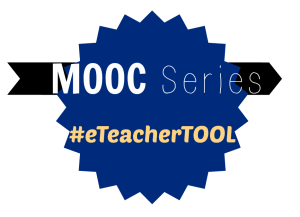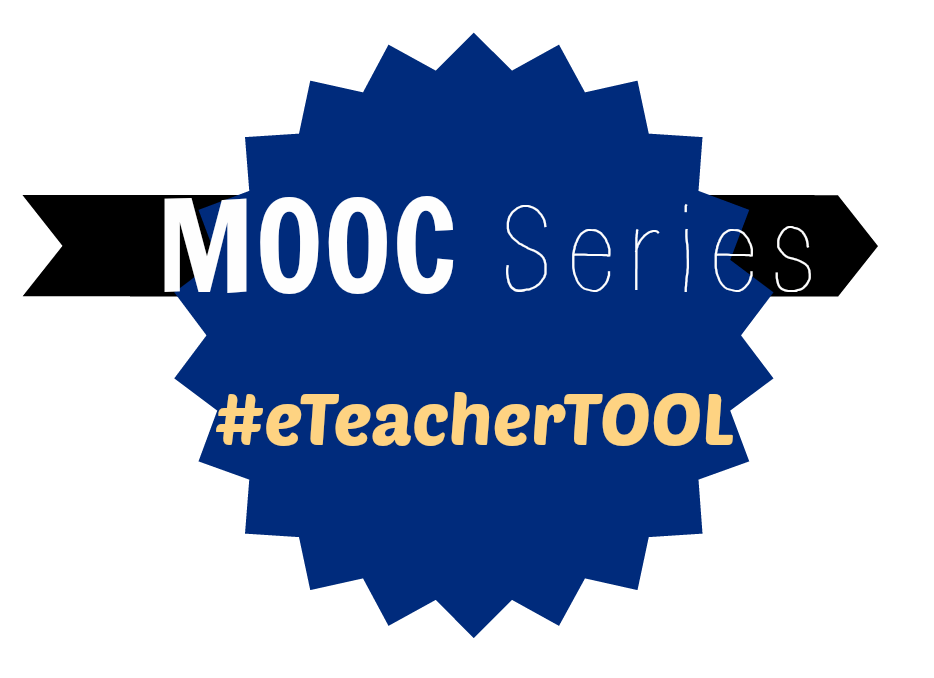This post is one in a series for a MOOC. You can find similar posts searching under the Category MOOC or searching for hashtag #eteacherTOOL for more about this particular MOOC.
 In my K12 experience a Learning Management System (LMS) conjures up visions of higher education. For many of the teachers I work with it gives the impression of a set of diminishing returns to learn a complex LMS for the efficiency it may/may not offer.
In my K12 experience a Learning Management System (LMS) conjures up visions of higher education. For many of the teachers I work with it gives the impression of a set of diminishing returns to learn a complex LMS for the efficiency it may/may not offer.
My understanding of a Content Management System (CMS) is a system which warehouses media. While one might be able to create a “playlist” for instance in Safari Montage, one does not wrap lessons or participatory opportunities around the media or playlist of media. To accomplish that experience, one has needed an LMS – until quite recently.
Many web 2.0 tools have morphed into “freemium,” offering the basic service free while reserving select features for members who wish to pay for them. Such programs might offer some assurance that the service will remain for the next time one teaches content. MasteryConnect.com is a great example of this concept. Other sites such as Edmodo and Sophia offer an easy to use, light, version of an LMS. The ability to add content quickly, and from currently popular sources offers a distinct advantage to learning the poprietary intricacies an LMS might require – FTPing SCORM files to courses, using course authoring tools (Articulate, Camtasia, Captivate, etc.)
Authoring tools are an advanced element for LMS usage. However, the need for them becomes apparent when one realizes that content created within a proprietary LMS is often limited to life inside that particular LMS. It is constructed in a proprietary system and will not easily export to any other LMS, let alone be viewable from outside an LMS. If authoring tools are time or monetarily prohibitive, the necessity to assemble public content from the Internet within a lesson-formatted experience. Both of these ideas require a flexibility of mind that is not currently prevalent in many in K12 education presently.
As K12 budgets compare to Higher Education budgets, I cannot see hope for maintaining a full on, robust LMS presence at any but a larger school (state-level) school system. It is more probable that a CMS might be maintained to hold vetted, approved content for one audience of educator, and parallel tools such as Google Docs and YouTube for another educator audience who feels comfortable assembling blended experiences within a web-based Edmodo or Sophia.






Leave a Reply